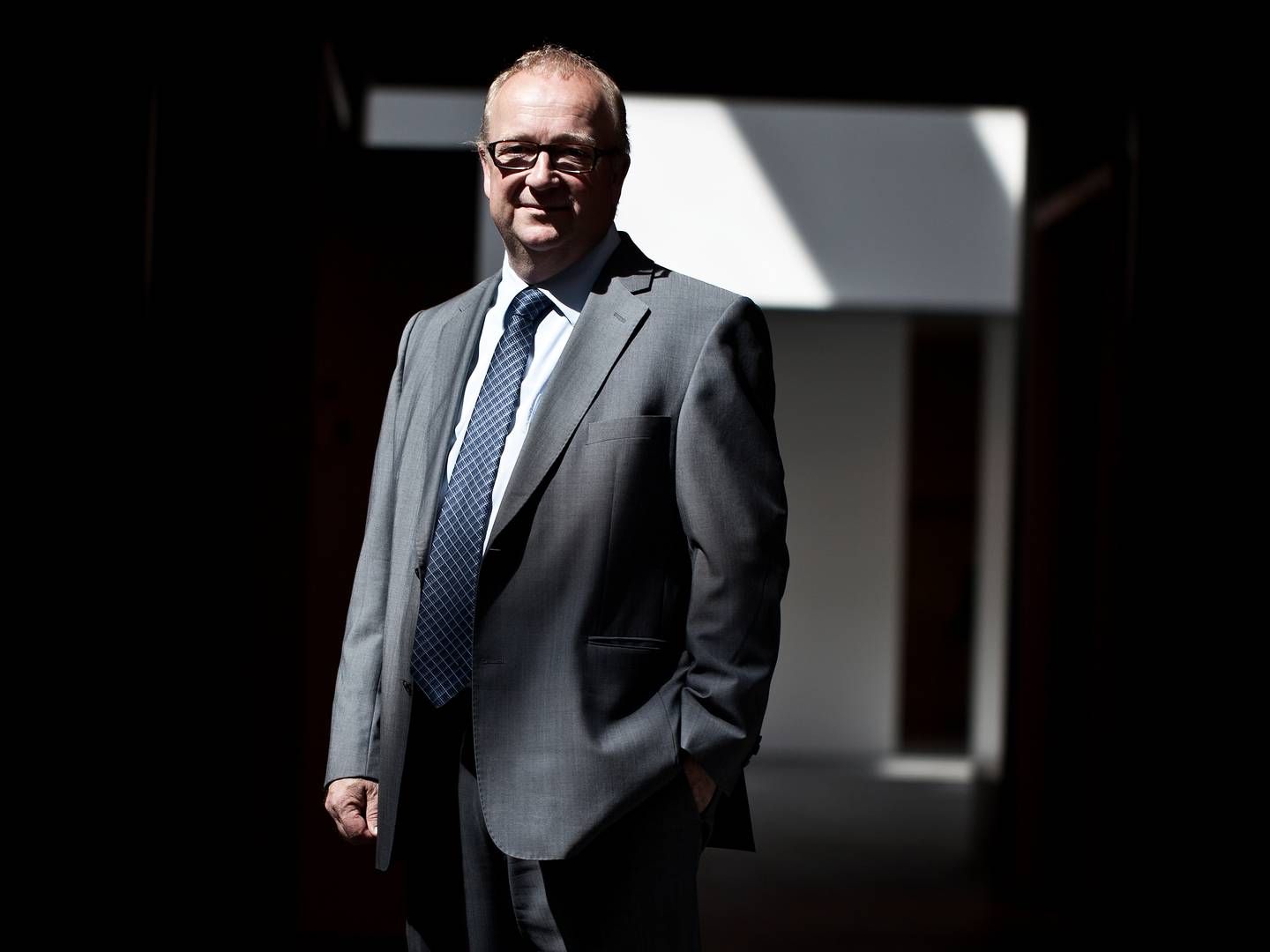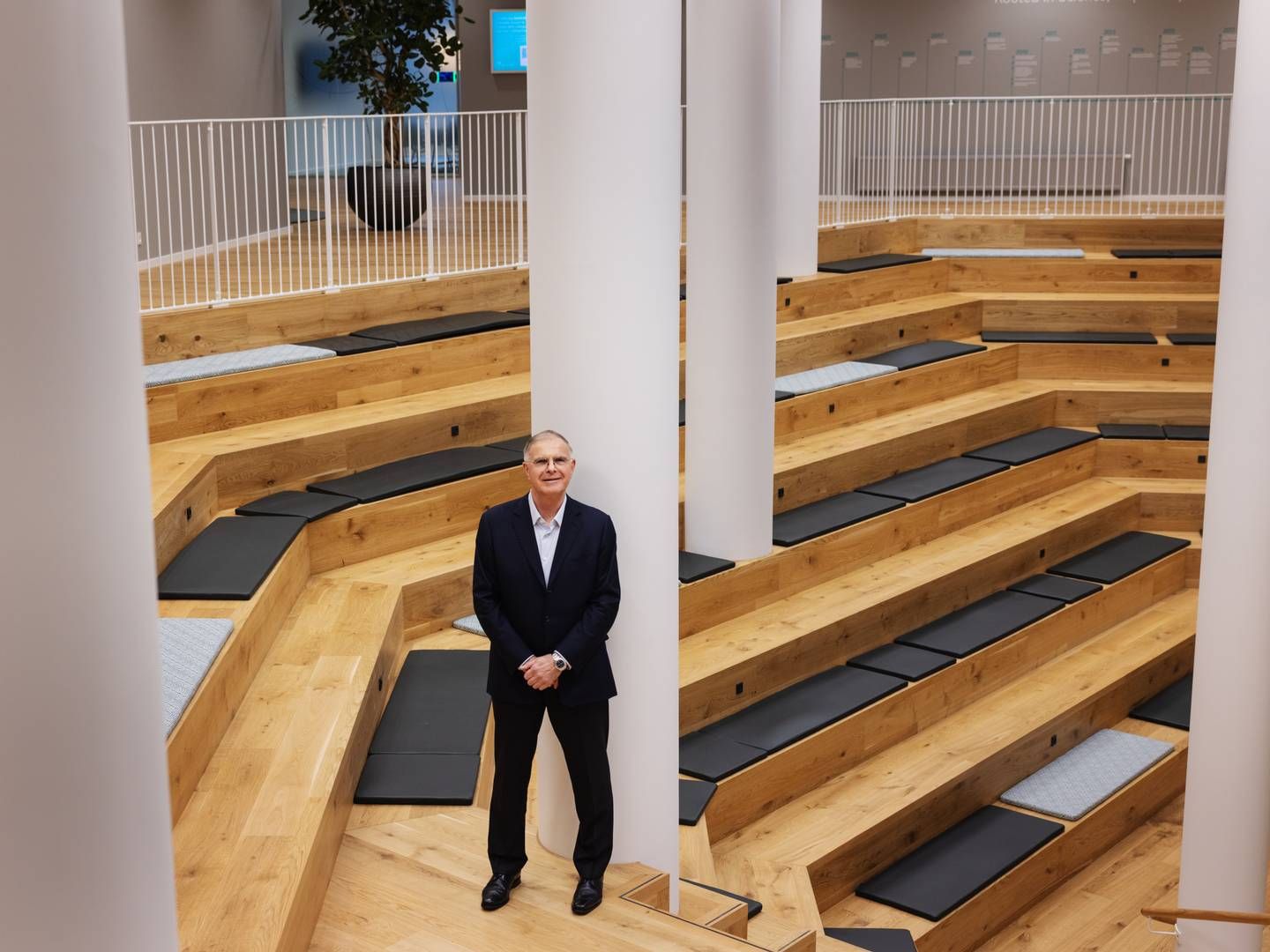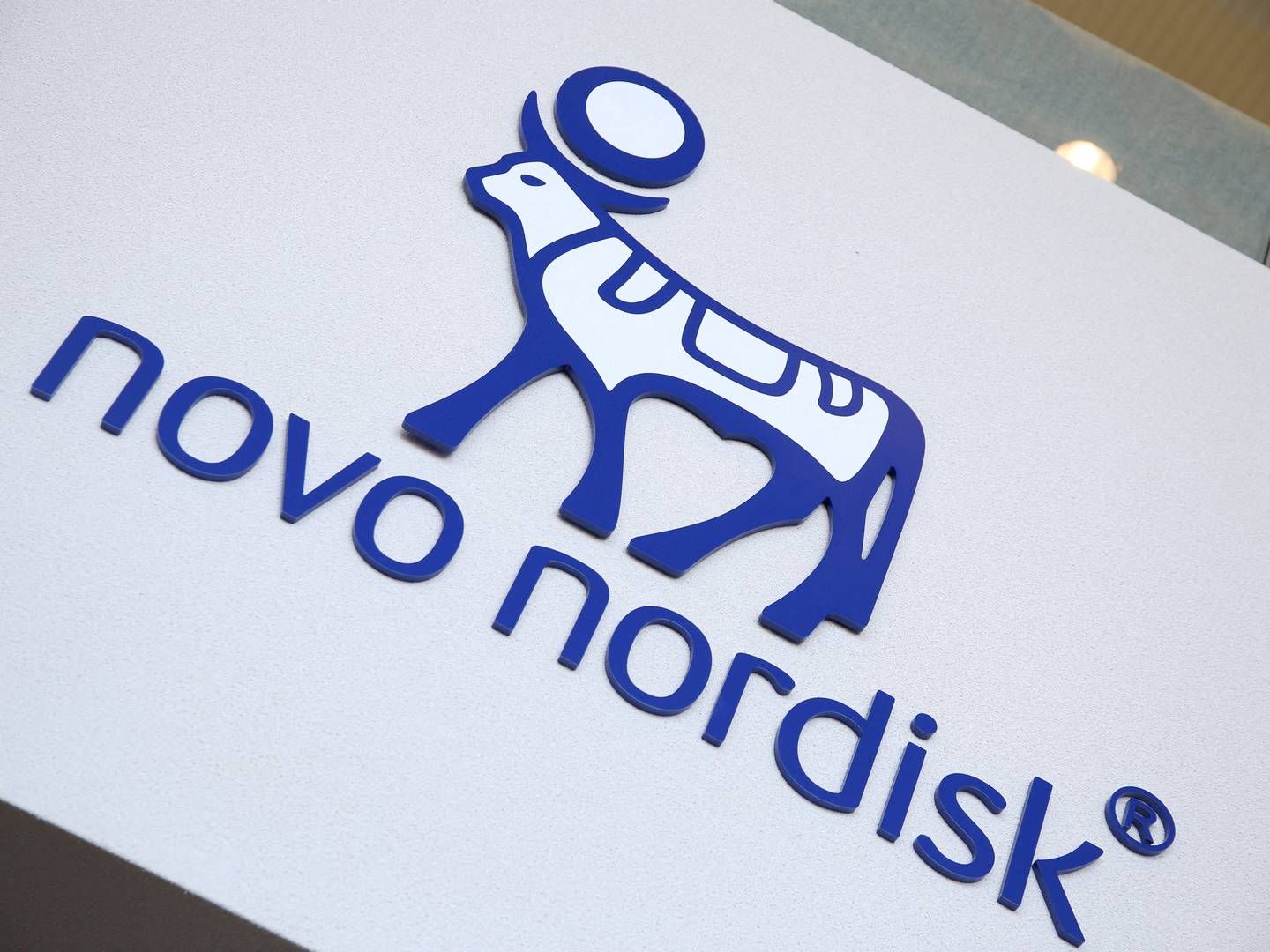Össur wants to change market with mind-controlled prosthetics

A prosthetic device that can be controlled by mind power. It almost sounds too good to be true, but it is nevertheless something that the Icelandic-based, Danish-listed medtech group Össur now has provided proof-of-concept for.
For the past 14 months, two patients have had a small medical unit implanted in their legs, enabling their minds to control movement in the joint of the foot by a prosthetic device. The implanted unit, the IMES (Implanted MyoElectric Sensor), only measures 3-8 millimeters.
Following the company’s capital market day, MedWatch spoke to Chief Executive Officer Jon Sigurdsson about how the company was able to advance to that point.
“I must say that we got there so fast because we have always developed our technological products with that in mind. Ten years ago, we advanced the bionic technology, that is, intelligent prosthetics. The products we have developed have, for example, had engines developed by computers. Our aim has always been that it should one day be possible to control [the devices] with mind power,” Jon Sigurdsson tells MedWatch.
“What surprised us, is how short the process of taking the signals from the nerve cells and dissecting them to make the products act appropriately really took,” he adds.
Could take years
Just when Össur will be able to launch a product based on the technology is still up in the air, but Jon Sigurdsson expects it to happen within the next ten years. First, however, the group will have to conduct a series of clinical studies, which is also why the next step involves entering into a closer dialogue with authorities to set up some sort of framework for just how many patients need to benefit from the technology before it is viable to market products.
For now, two patients have undergone the 15 surgical procedure needed to implant the small unit and none of the two have experienced any complications a year down the line.
Amputees often have great difficulty with their mobility, even with the aid of a prosthetic device. Most people might recognize the difficulty of going up or down stairs in ski boots due to the lack of flexibility. For amputees who use prosthetics the feeling is permanent. But the new technology lets patients control their limbs and joints using their minds, which offers a brand new set of possibilities for mobility.
Clinical studies in the making
“So far, it’s only two people we are talking about, so we are nowhere near initiating clinical studies. We weren’t really planning to go out with this information for the next five years, but it turned out that these two patient have not just seen an effect for a month or two, but for 14 months so far; it really works. It might be that these two people are simply remarkable individuals, but I don’t buy that,” Jon Sigurdsson says, adding:
“But we obviously have to prove that, however, we don’t know how long it will be before it hits the market. I think the hard part will be to get the market to understand this because we now have two professions that need to work together, that is, surgeons and prosthetists. We have to work that out,” Jon Sigurdsson explains.
Have you considered how many patients you need to enroll in clinical trials before you can say you have evidence that it works?
“No, but I think it would be less than a couple of hundred. But we first have to initiate proper clinical trials, which will happen in collaboration with authorities,” he says.
- translated by Martin Havtorn Petersen
Would you like to receive the latest news from MedWatch directly in your e-mail inbox? Sign up for our free English newsletter below.






























